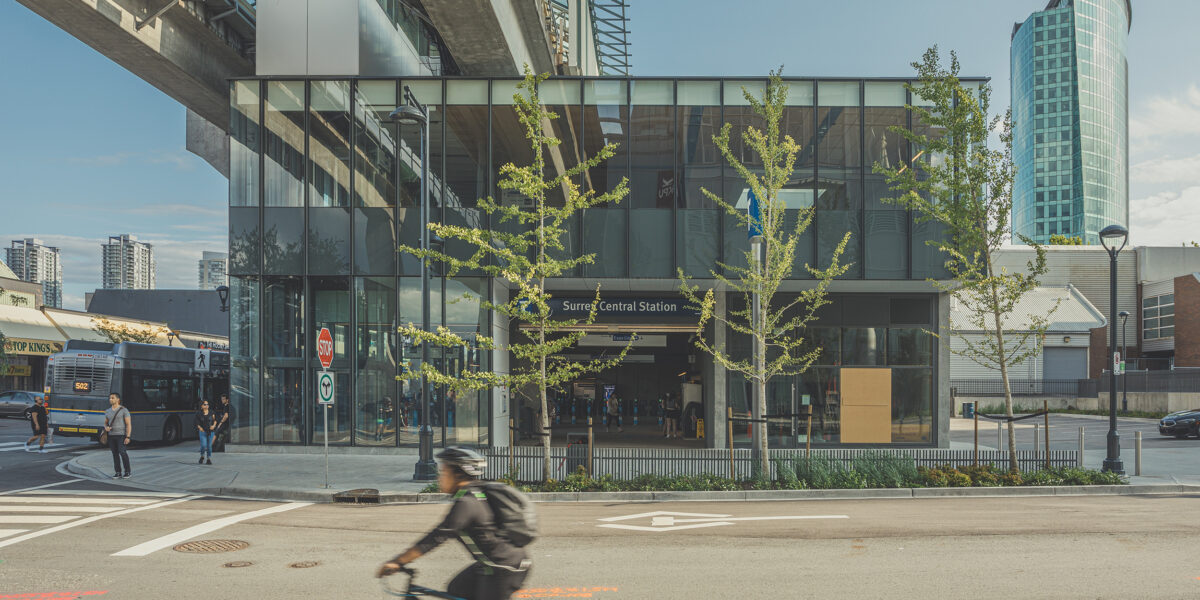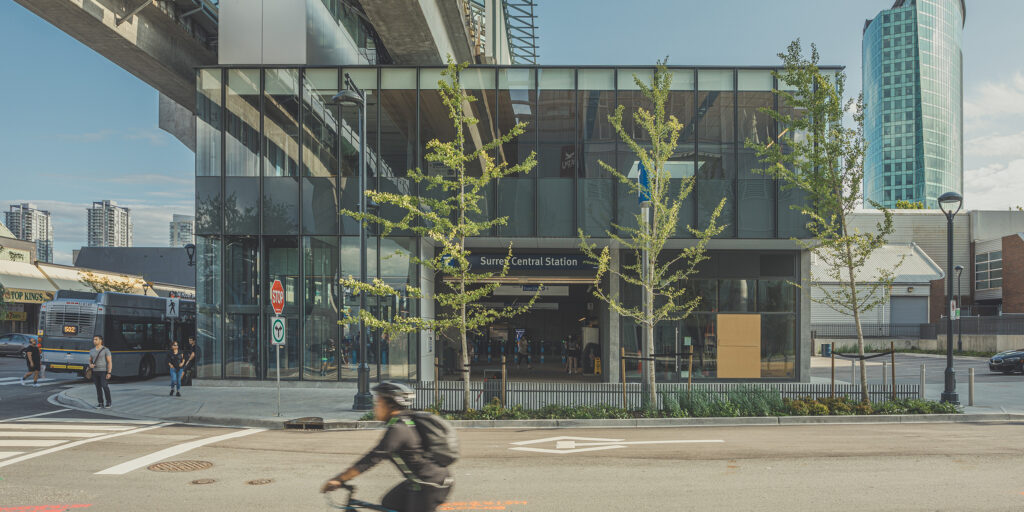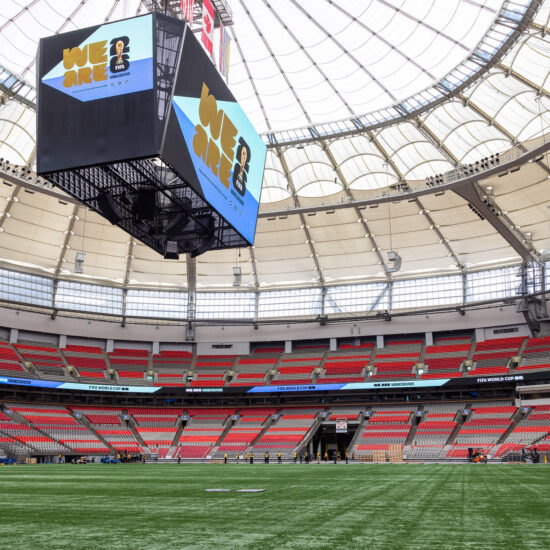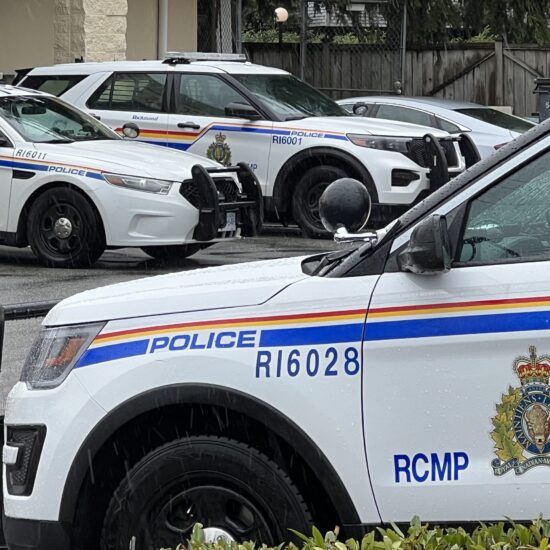
Bob Mackin
The death of a 41-year-old male struck by a SkyTrain in Surrey last month was an accident, according to Metro Vancouver Transit Police.
At 10:31 p.m. on Nov. 13, a track sensor activated as train 420 entered Surrey Central station.

Surrey Central SkyTrain station (TransLink/Buzzer)
Staff and emergency crews responded and attempted to rescue the man, but he succumbed to injuries.
“During the course of the investigation, it was determined the death was not suspicious or intentional in nature. It appears the individual accidentally fell into the guideway as a train entered the station,” said Transit Police Const. Amanda Steed.
B.C. Coroners Service is investigating, but spokesperson Ryan Panton refused to comment.
Part of a censored incident report, released by TransLink under the freedom of information law, said that closure of the station began within five minutes of the incident.
Transit Police arrived at 10:39 p.m. and passengers on train 420 were released three minutes later. A “bus bridge” was requested at 10:48 p.m. to shuttle passengers between Gateway, Surrey Central and King George stations, but it was not expected to be in service for 30 to 40 minutes.
Staff erected a privacy screen on the platform to allow trains to run through Surrey Central at 11:43 p.m. Train 420 was moved at 12:37 a.m. and the body removed at 12:52 a.m. Transit Police and a coroner remained on-scene until 1:05 a.m.
Statistics provided by Panton said that, as of Nov. 23, there had been four SkyTrain and SkyTrain track-related deaths in 2023.
The record was nine in 1994. There were seven each in 2020 and 2021. Fatalities fell to two in 2022.
Since 1987, 109 people have died on the rapid transit system, 84 percent by suicide and 15 percent due to accident. The remaining 1 percent is classified as “undetermined.”
One of the accidental deaths, in April 2003, happened when a man collapsed due to an undiagnosed heart ailment, fell off the platform and was fatally trapped under a train at Stadium-Chinatown station.
Unlike newer systems, no SkyTrain station has a safety barrier or sliding doors between the platform and track area.
After a 2014 consultant’s report, TransLink improved platform surveillance cameras on the Expo and Millennium lines in 2021 as part of a $79 million program. It is now studying the feasibility of adding platform safety barriers, but that report is not due until 2025.
A coroner’s report on the 2001 death of a male at Royal Oak station quoted a 1994 study that estimated the cost of installing platform barriers at $1.7 million to $2.2 million per station, now worth $3.15 million to $4.07 million after inflation. Coroner Liana Wright suggested a low-cost solution: limiting access to platforms until trains come to a full stop.
Support theBreaker.news for as low as $2 a month on Patreon. Find out how. Click here.










